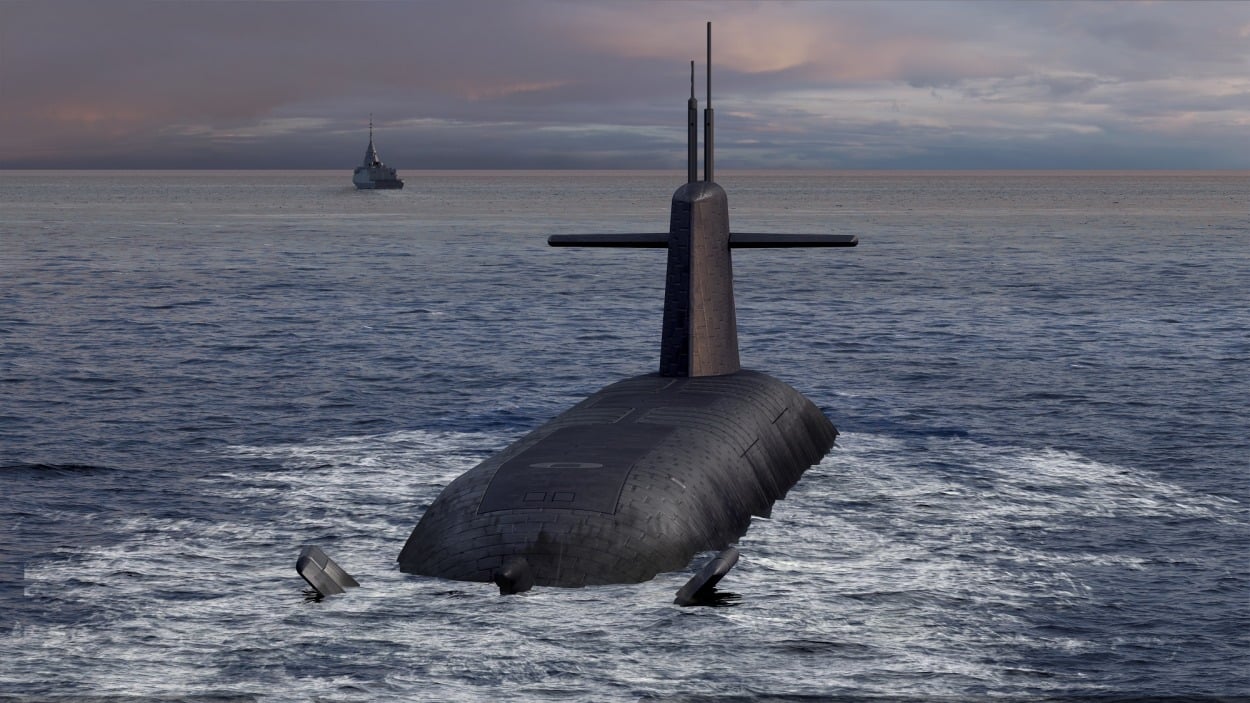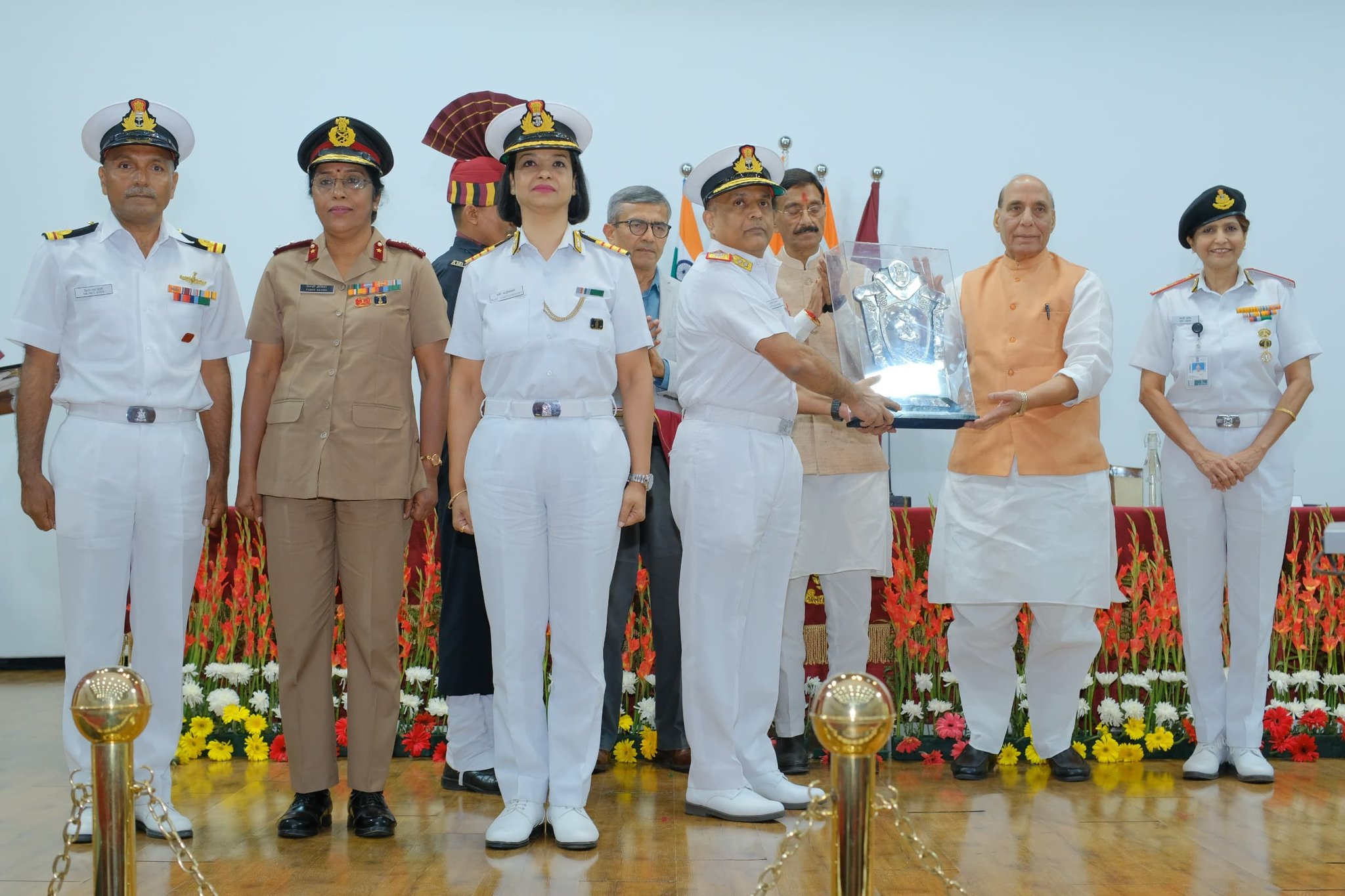India is significantly advancing its nuclear submarine program to enhance its military capabilities in response to the growing naval power of China, which currently boasts the largest navy in the world. The Indian Navy is set to introduce its first indigenous nuclear attack submarine by 2036, followed closely by a second submarine within two years. This program aims to fortify India’s strategic defense posture in the Indian Ocean Region (IOR) and South China Sea.
Navy Chief Admiral Dinesh Tripathi has publicly confirmed that the first of these indigenous nuclear attack submarines is on track for its scheduled debut in 2036. The announcement also marks the first official revelation regarding India’s nuclear attack submarine project (SSN), which is projected to cost approximately Rs 35,000 crore ($4.5 billion). In addition, Project INS Varsha—a dedicated base for these nuclear submarines—has been announced and is expected to become operational within the next two years.
The Cabinet Committee on Security, chaired by the Prime Minister, sanctioned the development of these submarines in October 2024, recognizing the Indian Navy’s requirement for a fleet of six nuclear attack submarines. Admiral Tripathi described the project as a “game changer” that would bolster India’s operational capabilities and significantly contribute to its defense manufacturing sector, aligning with the ‘Make in India’ initiative.
The construction of these submarines will involve collaboration between various indigenous stakeholders, including the Bhabha Atomic Research Centre (BARC), local shipbuilding centers, design agencies, and private sector partners. The anticipated involvement of the private sector in this project is expected to have far-reaching implications for related secondary and tertiary industries. The initiative reflects India’s growing confidence in its ability to design and manufacture advanced defense technologies.
The introduction of these nuclear-powered attack submarines is poised to transform the strategic landscape for the Indian Navy, enabling it to maintain an assertive presence in regional waters while supporting the country’s broader goal of achieving self-reliance by 2047. Moreover, these submarines are seen as a crucial counterbalance to the increased maritime assertiveness of China and Pakistan within the IOR.
India’s current submarine fleet includes 16 diesel-electric submarines and four operational nuclear-powered submarines. The existing nuclear submarines comprise both the INS Arihant, India’s first indigenous ballistic missile submarine, and the newly commissioned INS Arighat. The latter recently showcased its capabilities by successfully launching a K4 ballistic missile, raising significant concerns in both China and Pakistan regarding India’s evolving defense stratagem.
INS Varsha, designed specifically for nuclear submarines, is located near Rambilli in Andhra Pradesh and aims to be ready before 2025. This facility is anticipated to house over 12 nuclear-powered submarines and support further strategic collaborations with member nations of the Quad—namely, the United States, Japan, and Australia.
In addition to fortifying its own capabilities, India’s expanding naval initiative comes in the wake of regional threats. Pakistan is actively developing its naval forces, supported primarily by China, with ambitions to grow its fleet to 50 ships. Meanwhile, China is continually augmenting its undersea fleet, with plans to add five new submarines in the next year alone.
Amid these developments, India is reassessing its naval strategies to counteract the challenges posed by these regional dynamics. The final stages of negotiations for additional Kalvari-class submarines and Rafale M jets are underway, with formal procurement contracts anticipated soon. Future naval construction programs are projected to propel the Indian Navy toward a fleet of 175 warships, further solidifying its position in the IOR and Indo-Pacific region, especially in light of rising tensions that could potentially lead to large-scale maritime conflicts.












